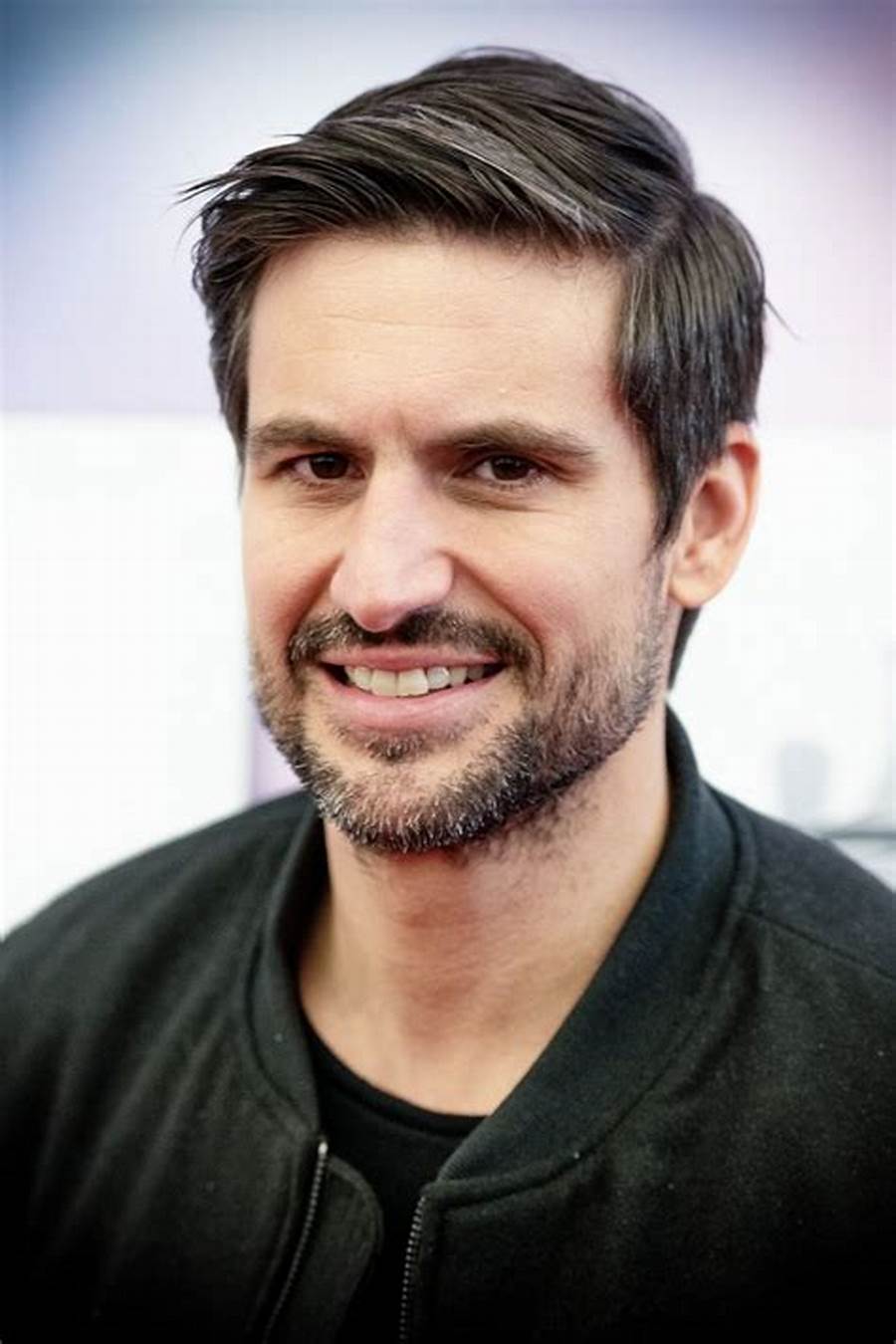– These are the remains of an old clam plant, said Olav Lekve of the Directorate of Fisheries, and held up a large plastic bag.
In conjunction with one of the largest clean-up operations in the world, TV 2 has been allowed to join the Directorate of Fisheries to a special place in Hardangerfjord.
Just a few meters from the shore, in a dense forest far from the hiking trail, someone had already unleashed 100 such punches.
– We at the Directorate of Fisheries were told that this facility had been cleaned, but we see here that it was simply dragged ashore and abandoned. It will be registered and reported.
SAD: Olav Lekve at the Directorate of Fisheries said they are actively working to find out who is not following the rules. Photo: Ivar Lid Riise / TV 2
– What do you think about that?
– No, it’s sad that they have the conscience to let this go. These can be broken down into smaller parts, which then enter our natural cycles and food chains. This is detrimental to humans and nature, says Lekve.
From “business” to boss
Back on the boat “Eir”, inspector Knut Morten Bauge searches the Hardangerfjord with an underwater drone.
He also found something serious – an old and abandoned seashell plant.
DRONE: Here you can see underwater images of an abandoned clam factory. Photo: Directorate of Fisheries
A blue plastic bag in the water’s crust reveals a towering, abandoned structure that is set on the seabed.
– It will also be registered and reported. We now have pictures and videos of it, so this will be taken care of in due course.
Bauge didn’t hide the fact that inspectors were frustrated with finding the large amounts of trash that business people had left behind.
– It’s hard to find the old boss who used to be “business”. It would be a pity if this was not cleaned up, he said.
EYES UNDER WATER: Inspector Knut Morten Bauge takes down one of the Fisheries Directorate’s underwater drones to uncover debris on the seabed. Photo: Ivar Lid Riise / TV 2
Project “Crazy”
The good news is that these plastic bags will be cleaned up, and the same goes for the dozens of tons of other trash in the Hardangerfjord.
This week saw the start of one of the world’s largest cleanup operations at one point – «Pure Hardangerfjord».
Between three and four thousand people have come to Vestlandfjord to participate, and initiator Kenneth Bruvik almost spoke into fistulas when he explained his commitment.
– We’ve been working on this crazy project for a year, and no one said no. “Everyone has been involved, and it’s been fantastic,” he said.
INITIATIVE: Plastic stunt organizer Kenneth Bruvik is the man behind what has become one of the world’s largest cleanup campaigns. Photo: Ivar Lid Riise / TV 2
Plastic whale lit up
It’s now been five years since Sotra’s world-famous plastic whale slipped onto the spring rocks, stomach full of trash.
It was the catalyst that fueled everything, according to Bruvik.
Five years since the plastic whale: This discovery has led to
– He is the one who woke us up, and it means that so many people have now reached new contact with nature. Thousands of school students are now out cleaning, but they are not alone. Adults are involved, he said.
More than 100 boats took part in the campaign, and everything from businesses, students, college students, environmental organizations and other environmental campaigners was involved.
At the dock in Rosendal, TV 2 even met with groups from the United States, Italy, Hungary and Germany who had come to the west to participate.
– I spent two and a half days traveling here by train, but I did it because it was important. “I have taken part in similar acts in Germany before, but this one is so big that I feel I can achieve the best by being involved here,” said Imina.
INTERNATIONAL: This gang has traveled from the United States and a number of other European countries to take part in plastic campaigns. Photo: Ivar Lid Riise / TV 2
Fear of being quadrupled
While there is a lot of excitement and positivity around volunteerism and commitment, the entire campaign takes place against a very serious backdrop.
Plastic debris in the ocean is one of the main threats to underwater wildlife, and according to WWF, between 9 and 14 million tonnes ended in depth every year.
A new report also suggests that plastic pollution could quadruple by 2050.
– One of the goals of this campaign is to see what we find, and see how we can stop it, says Bruvik, rummaging through plastic bags.
Many tons
During Thursday and Friday, thousands of cleaners picked up several tons of trash.
The team will need days to weigh it all up, and as such they don’t dare say yet how many have recovered.
– But no doubt there were tons more than expected, said Bruvik, and pulled a string from one of the bags.
– Look here, this is a regular occurrence. A short piece of rope that someone might throw into the sea. These chips break into smaller pieces, and eventually into microplastics and nanoplastics. It ends up in the ecosystem, and can eventually find its way to us via animals, he said, with a serious gleam in his eyes.
– We have to avoid this.

“Hardcore zombie fan. Incurable internet advocate. Subtly charming problem solver. Freelance twitter ninja.”










